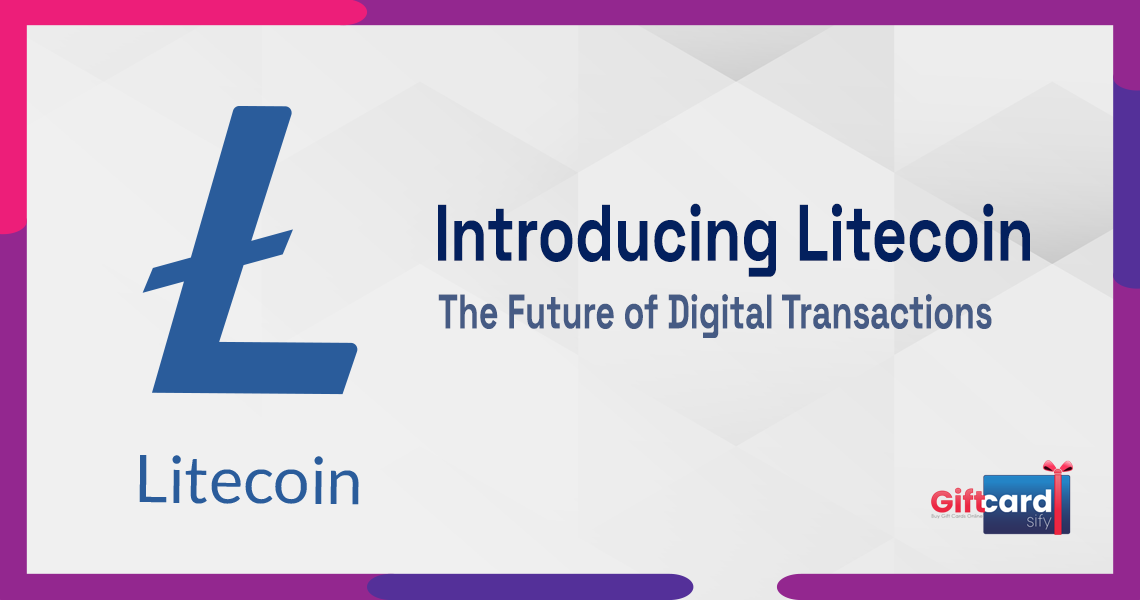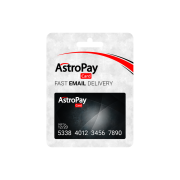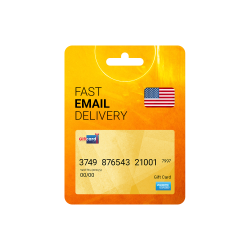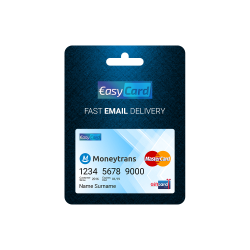
Introducing Litecoin: The Future of Digital Transactions
Litecoin (LTC) emerged as a peer-to-peer (P2P) payments cryptocurrency in 2011, stemming from a fork of Bitcoin. Among the earliest cryptocurrencies, Litecoin, often considered one of the pioneering altcoins, facilitates swift and seamless transactions.
While bearing resemblance to Bitcoin, Litecoin distinguishes itself by prioritizing efficiency in P2P transactions, enjoying widespread acceptance among retailers and merchants worldwide.
A fundamental disparity between Bitcoin and Litecoin lies in their respective network security algorithms. While Bitcoin relies on SHA-256, Litecoin opts for the Scrypt algorithm.
Charlie Lee, Litecoin's founder and a former Google employee, initiated the fork from Bitcoin's original source code, envisioning an improved payment alternative.
The highly anticipated Litecoin Halving event unfolded smoothly on August 2, 2023, without encountering technical hitches. Scheduled every four years, this event slashes miners' block rewards by half, thereby curbing Litecoin's inflation and ensuring a finite supply. Following the 2023 halving, Litecoin's block reward structure plummeted from 12.5 LTC to 6.25 LTC.
Charlie Lee: The Entrepreneur Behind Litecoin's Success
Charlie Lee is renowned as the creator of Litecoin, a prominent cryptocurrency considered one of the earliest derivatives of Bitcoin. He has established himself as a successful entrepreneur within the dynamic realm of cryptocurrencies. Despite the volatile nature of the market, Lee has steered Litecoin to maintain its position as a leading digital asset, distinguishing it from numerous other altcoins that emerged in the early 2010s only to fade away.
Lee initiated the development and launch of Litecoin (LTC) in 2011, while employed as a software engineer at Google. His career path led him to leave Google in 2013 to join Coinbase, a burgeoning digital currency exchange startup, where he held positions as Engineering Manager from 2013 to 2015 and Director of Engineering from 2015 to 2017. Subsequently, in 2017, Lee departed Coinbase to dedicate his efforts full-time to the Litecoin Foundation, a non-profit organization he established in 2016.
As of March 2022, Lee continues to serve as the Managing Director of the Litecoin Foundation, focusing his energies on promoting awareness and fostering the adoption of Litecoin across various platforms and communities.
Understanding the Litecoin Hashing Algorithm
Litecoin employs the Scrypt hashing algorithm (pronounced es-crypt), which differs from SHA-256 by being more memory-intensive and slower. Initially, Scrypt gained traction in the cryptocurrency realm following modifications in 2011 by the Tenebrix project, enabling regular CPUs for mining.
Despite its ASIC-resistant design due to significantly increased memory demands, the landscape shifted with the release of the world's first Litecoin ASIC miners in 2014.
Litecoin Advancements
Litecoin has transitioned from its once predominantly individual miner-focused ecosystem to a corporate structure, with major mining pools operated by technology companies now dominating Litecoin mining. Despite having a smaller market capitalization compared to more mainstream cryptocurrencies, it remains among the top 15 most traded coins out of the vast array of over 10,000 tracked by CoinMarketCap. This underscores its enduring popularity, albeit with less investor attention compared to Bitcoin and certain newer digital assets.
Differences Between Litecoin and Bitcoin
One primary disparity between Litecoin and Bitcoin pertains to their maximum supply limits. While Bitcoin's supply is capped at 21 million, Litecoin is constrained to 84 million coins.
Another notable contrast is found in their mining protocols. Bitcoin utilizes SHA-256, whereas Litecoin employs a modified version of Scrypt for coin generation. This variance in protocols directly affects transaction processing times, with Litecoin boasting a fourfold speed advantage over Bitcoin in confirming transactions.
However, the swiftness in transaction processing can potentially compromise security due to the reduced number of verification rounds involved. Litecoin's confirmation time of 2.5 minutes, compared to Bitcoin's approximately 10 minutes, is particularly advantageous for smaller merchants seeking expedited transactions without necessarily prioritizing maximum security.
How to Purchase Gift Card with Litecoin at Giftcardsify
To purchase a gift card with Litecoin on Giftcardsify, follow these steps:
- Select Gift Card: Browse through the available gift card options and select the one you wish to purchase. Make sure to check the available denominations and terms of use.
- Add to Cart: Once you've chosen the gift card, add it to your cart.
- Proceed to Checkout: Click on the cart icon or navigate to the checkout page to review your order.
- Select Payment Method: Choose Litecoin as your payment method during the checkout process.
- Complete Payment: Follow the instructions to complete the payment using your Litecoin wallet. You may need to scan a QR code or copy the wallet address provided by Giftcardsify and initiate the transaction from your Litecoin wallet.
- Wait for Confirmation: After making the payment, wait for the transaction to be confirmed on the Litecoin blockchain. This usually takes a few minutes but can vary depending on network congestion.
- Receive Gift Card: Once the payment is confirmed, you should receive the gift card code or a link to redeem it via email or on the website. Follow the instructions provided to access and use your gift card.
- Redeem Gift Card: Use the gift card code or link to redeem the value of the gift card on the merchant's website or at the point of sale.
- Enjoy Your Purchase: Shop with your gift card balance and enjoy your purchase!










